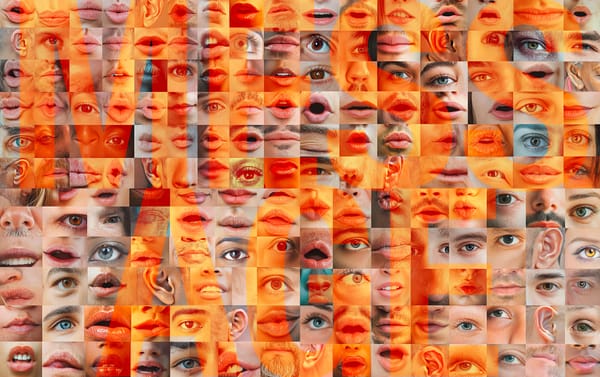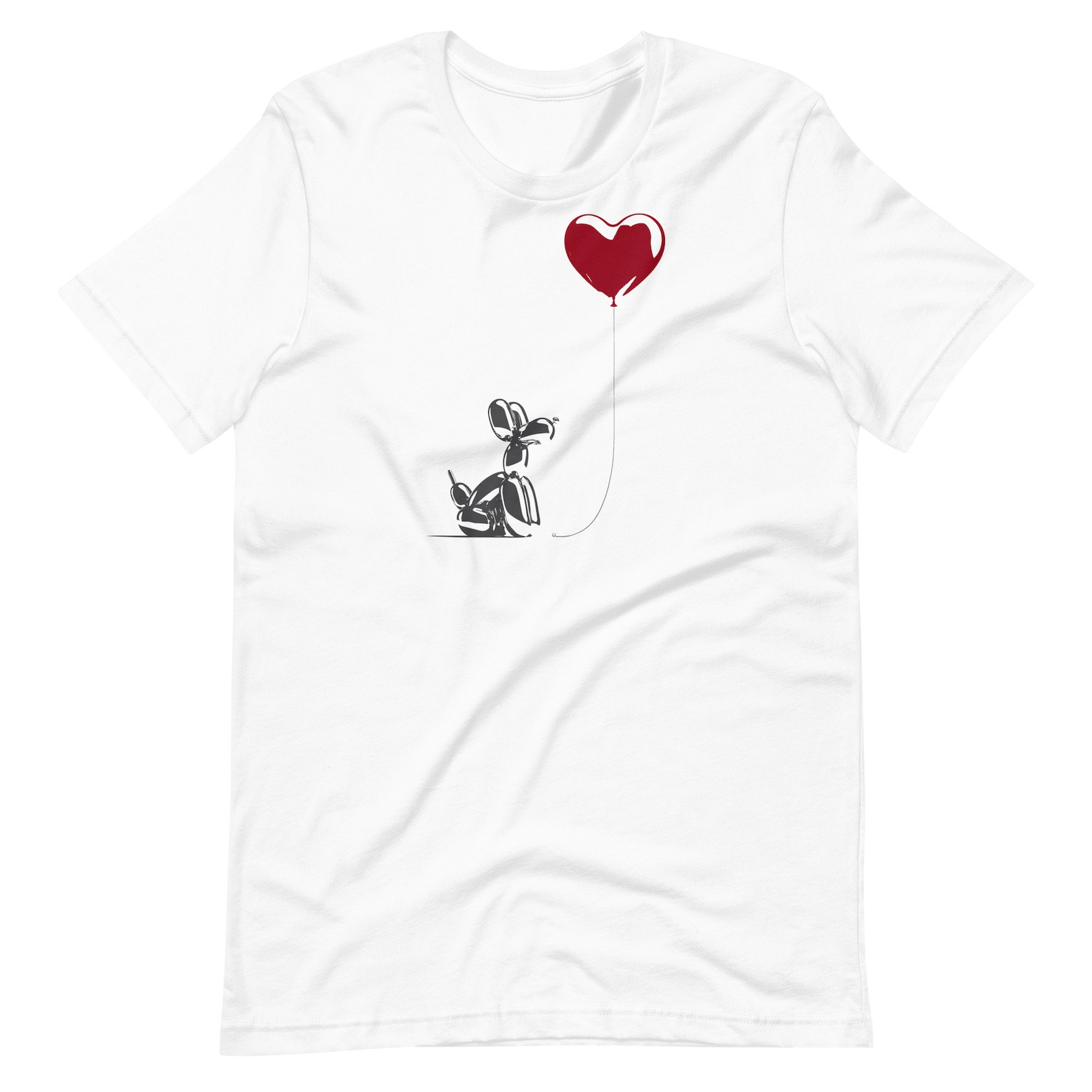Using Raygun to break Breaking
A breakdancing athlete from the 2024 Paris Olympics became an unexpected viral sensation, facing both ridicule and admiration. This igniting debate on the legitimacy of breaking as a sport highlighted the complex interplay between cultural roots, global influence, and public perception.

One viral sensation from the 2024 Paris Olympics is food for thought
In our rapidly evolving digital world, viral sensations seem almost inevitable. The internet has become a platform for unexpected moments to capture global attention, often driven by our collective desire for distraction from the challenges of everyday life. One such instance is the recent viral attention surrounding a breakdancing athlete at the Paris 2024 Olympics, an event that both puzzled and captivated viewers worldwide.
The unexpected viral star: Raygun
The athlete in question, Rachael Gunn, B-Girl nickname "Raygun," did not score many points in the competition, yet her unique, kangaroo-inspired movements captured the audience's attention. While some found her performance endearing, it was primarily propelled by ridicule, with critics using her to discredit breakdancing as a legitimate sport. Angela Watercutter’s article in Wired delves further into Raygun's story, filling in the details from different angles while providing a comprehensive overview.
The question of legitimacy in sport
It's interesting to consider why some sports are revered despite participants who may not be in peak physical condition.
In contrast, others, like breaking, are scrutinised more harshly.
Many sports, where physical prowess is not the primary focus, remain respected and cherished. Yet breaking, which demands incredible physicality, creativity, and precision, continues to fight for its place in the traditional sports hierarchy.
Raygun's online abuse and cultural appropriation
Raygun's online abuse is partly a byproduct of the broader condemnation of breaking as an Olympic sport. It's easier to target a sport when its least successful performer becomes its most visible face, especially when accusations of cultural appropriation are involved. While cultural appropriation is a valid concern — given breaking's deep roots in the Bronx, a predominantly Black and Latino community — it's not entirely fitting in this Olympic context, where none of the athletes, including Raygun, were from the Bronx. The global spread of breaking has allowed nations worldwide to embrace the art form, infusing it with their cultural influences. This international adoption has elevated the sport globally, demonstrating that its origins in the Bronx can be honoured while allowing it to evolve and flourish beyond its birthplace.
This situation invites comparison to instances where less successful athletes gained fame, such as Eddie "The Eagle" Edwards, whose story of perseverance in the face of overwhelming odds captivated the world during the 1988 Winter Olympics.
Similarly, while Raygun's performance may have sparked debate, it highlighted how the spirit of breaking transcends geographical boundaries, evolving into a global phenomenon that retains its essence while being enriched by diverse cultural expressions. Despite the valid concerns about cultural appropriation, the worldwide embrace of breaking demonstrates that nations can celebrate and participate in this art form without necessarily undermining its roots. Raygun’s Kangaroo-inspired moves added a distinctly Australian flair, showcasing how diverse cultural references can enrich breaking.
The joy of watching top breakers
As a fan of breaking, it was thrilling to witness top-tier athletes like "Ami" Yuasa from Japan (Gold Medal Winner), "Jeffro" (Jeffrey Louis) from the US, "Menno" van Gorp from the Netherlands, "Shigekix" (Nakarai Shigeyuki) from Japan showcase their skills on the Olympic stage. These performers embodied the essence of the sport — grace, creativity, and athleticism. Yet, the viral sensation that was Raygun reminds us that capturing the public’s imagination doesn’t always require technical perfection. Sometimes, it takes a moment of unexpected joy or silliness to resonate with a global audience.
Breaking's Impact on the Olympics
The inclusion of breaking in the Olympics was initially met with scepticism, but it ultimately proved to be a savvy decision by the Olympic Committee. The sport injected new energy into the Games and appealed to younger audiences, aligning with the Olympics' long-standing tradition of defining and redefining what constitutes a sport. For example, breaking has similarities to gymnastics: both sports involve music, precision, form, creativity, and originality. The challenge, however, lies in overcoming the entrenched views of what constitutes a "serious" sport.
The future of breaking in the Olympics
Despite the success of breaking in Paris 2024, the sport will not be featured in the Los Angeles 2028 Olympics. This decision disappoints many who saw breaking as a breath of fresh air in the Olympic lineup.
Yet, the viral impact of athletes like Raygun suggests that breaking has left an indelible mark on the Olympics and the broader world of sports.
The role of virality in quality and entertainment
In a wider sense, viral sensations often embody a quality that transcends traditional notions of value or skill. Whether it's an athlete, a meme, or a quirky design, what pushes something into the viral realm is often its grace — its ability to captivate and entertain in a way that feels effortless. Biomimicry, or animal-inspired designs, for example, should more often draw from the grace and ingenuity of nature, influencing everything from architecture to innovative products. Examples abound, such as the aerodynamic design of the high-speed 500 Series bullet train inspired by the kingfisher bird or the Eastgate Centre in Zimbabwe, which mimics the natural cooling mechanisms of termite mounds.
The fine line between quality and novelty
However, there is always a concern that new developments might lack the inherent quality and craftsmanship of more traditional forms. When something new emerges, particularly in art, sport, or design, it can challenge long-held standards and expectations. While innovation is essential for progress, new ideas often face scepticism from critics, who question whether these practices can uphold the same level of skill, grace, or significance as their predecessors.
Yet, it's important to remember that novelty brings its unique value. New developments often push the boundaries of what is possible, introducing fresh perspectives and inspiring creativity. Like Vincent van Gogh's work, which was once dismissed, these innovations may not always align with traditional standards but can redefine what quality means in a modern context.
The audience plays a crucial role in this evolution. As new ideas and forms are introduced, the audience's reception and engagement ultimately determine whether these innovations are embraced or dismissed. While some may resist change, others may find that these new developments resonate with them in ways that traditional forms did not, leading to a more inclusive understanding of quality.
Conclusion: The legacy of Raygun and breaking
The virality of Raygun and the subsequent debate about breaking's place in the Olympics highlight the complex relationship between quality, entertainment, and public perception. As the digital age continues to shape our understanding of sport and culture, it’s clear that capturing the hearts and minds of the audience often requires more than just technical excellence. In a world constantly searching for the next distraction, Raygun’s legacy reminds us that sometimes, the most unexpected moments leave the most lasting impact.












